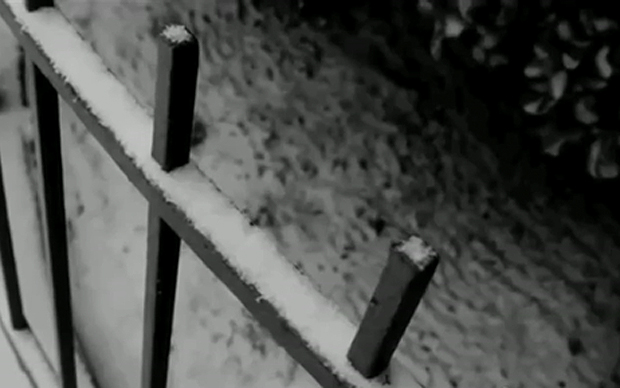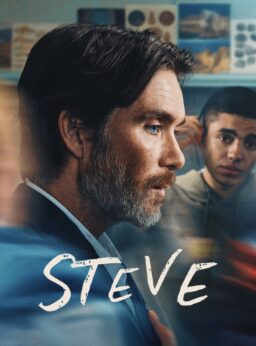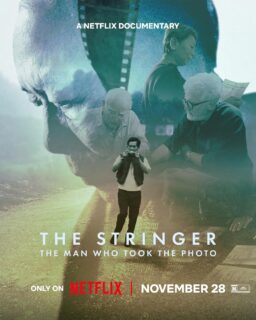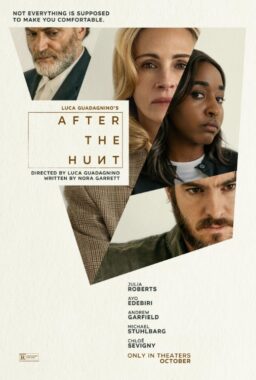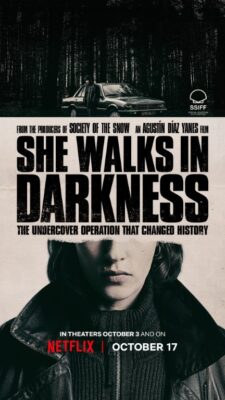This film deserves to win the Academy Award for best live-action short subject. (1) Because of its wonderful quality. (2) Because of its role as homage. It is directly inspired by Dziga Vertov’s 1929 silent classic “Man With a Movie Camera.” (3) Because it represents an almost unbelievable technical proficiency. It was filmed during the New York blizzard of Dec. 26, and Jamie Stuart e-mailed it to me with this time stamp: December 27, 2010 4:18:18 PM CST.
You can tell from the cinematography he knew exactly what he was doing and how to do it. He held the Vertov film in memory. Stuart must already been thinking of how he would do the edit and sound. Any professional will tell you the talent exhibited here is extraordinary.
I wrote Jamie Stuart asking how in the name of heaven he made that film. He e-mailed in return:
“The simple answer as to how it was done so quickly: practice.
“Most of the work I’ve done for the past half dozen years has been improvised online press-related shorts, which by nature requires a fast turnaround. Before that, I used to storyboard all my work — so I had a strong sense of film language. The trick is to step into situations, often without a plan, and try to make it look like it was all planned. For instance, when I first started doing work for Filmmaker Magazine, I had just done my NYFF44 series, and Scott Macaulay asked if he could see the scripts I used for the episodes; I had to tell him there weren’t any.
“Technically, for “Idiot with a Tripod,” I shot with my Canon 7D and edited it with Final Cut Pro. Early on, I was able to vary things a little more — I used macro diopters for the close-ups during the day shots, my portable slider for the dolly shots and also, a 75-300 zoom for the rooftop shots. I was more limited at night because of the weather conditions, so I stuck with my 24mm, 50mm and 85mm — all of which are manual Nikon lenses. Which meant that in the middle of that maelstrom I was changing lenses, wiping off the lenses and manually focusing/adjusting each shot.
“The funny thing is, for the first part of the shoot I felt early uninspired and almost stopped. But I kept going. And it ultimately turned out really nice.
I wrote him back: “What was the passage of time, start to finish? What did you eat, when did you sleep? How cold did he get?
He responded:
“I started shooting around 1pm for about 30 minutes outside. Went out for another 15 minutes around 3pm. Meanwhile, I intermittently grabbed shots through my apartment window. (Lunch occurred around 2:30. Dinner was around 7:30. Can’t remember what I ate. Maybe pasta.) Then, the main nighttime shoot began at 9pm and lasted until about 10:30.
“I wasn’t that cold — I was bundled, had a hat, gloves and scarf. The one stupid thing I did was to forget my snow boots and wore my Adidas, which, along with my pants, were soaked by the time I got in.
“Because the 7D shoots H.264, which is a web format and not meant for editing, I made selects from the footage and converted the selects into ProRes 422. I started it that night, but it takes a while to do. Went to bed my normal time around 1:30 am. Got up my normal time around 10am. Finished converting the footage. Then, I edited until I finished around 5pm. (I took a regular lunch break at around 2:30 — chicken noodle and Saltines.)
“The final shot, where the camera pulls back from the window, was done around 1pm.
“I uploaded the video just after 5pm, after I finished burning a Quicktime, and sent the link around. ”
Update January 3, 2011: This just in from ITV in London:
Here is Jamie Stuart’s web site, The Mutiny Company.
Here is the complete 1929 film. It is reviewed in my Great Movies Collection.
This is NYFF48, Jamie Stuart’s impression of the 48th New York Film Festival

